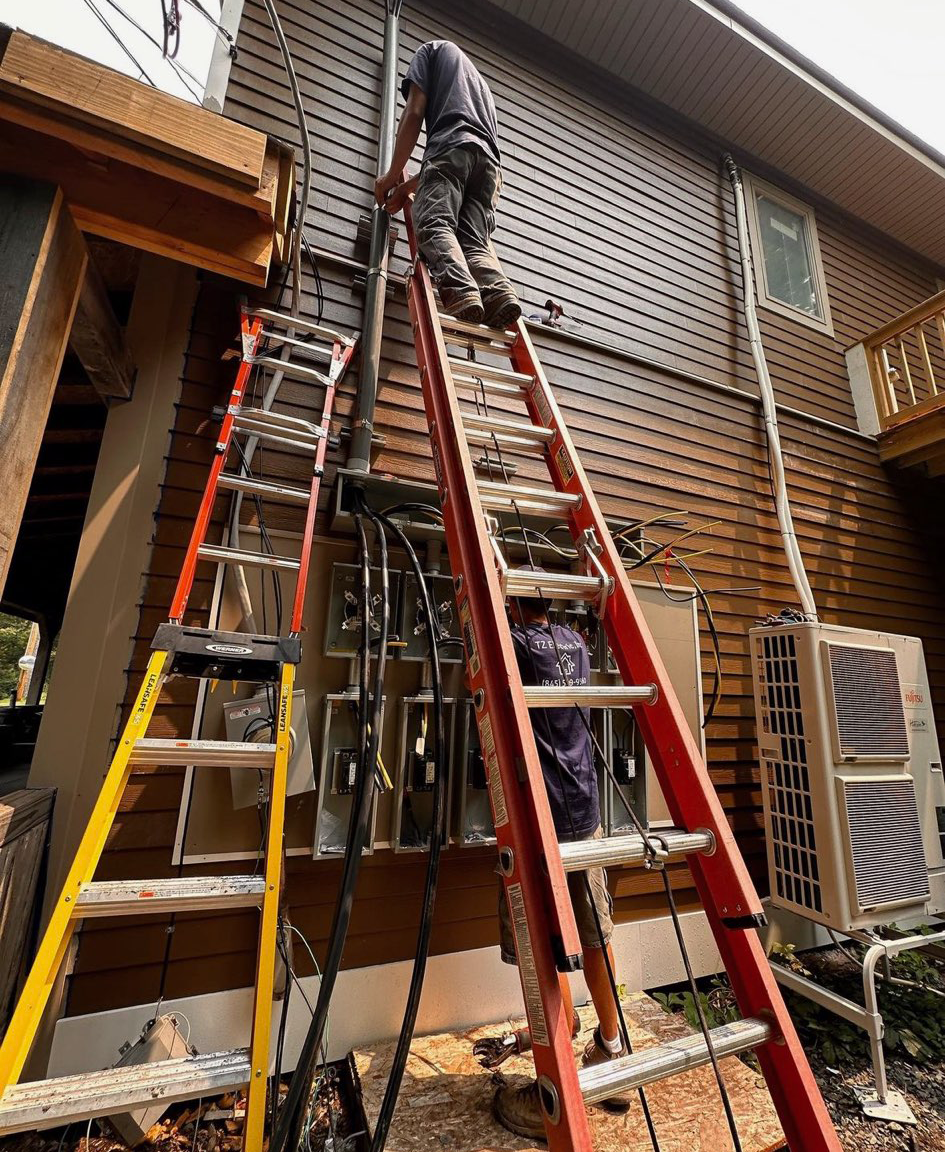Service Upgrades
We specialize in service upgrades to enhance the safety, efficiency, and reliability of your electrical system. Whether you’re looking to accommodate increased electrical demands, upgrade outdated components, or ensure compliance with current codes and standards, our expert team is here to help.
What is an Electric Service?

What Size Service Do I Need?


What is Involved in an Electric Service Upgrade?

Have A Question?
+518-678-1230
Are you tired of flickering lights, outdated wiring, or worrying about electrical safety? It's time to take charge with TZ Electric – your reliable partner for all your electrical needs! At TZ Electric, we understand the importance of keeping your home or business powered safely and efficiently. That's why we're committed to providing top-notch electrical services that you can trust. From simple repairs to complex installations, our team of skilled electricians is equipped to handle any job, big or small.

